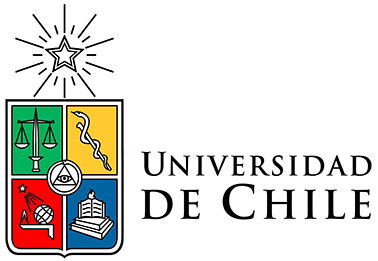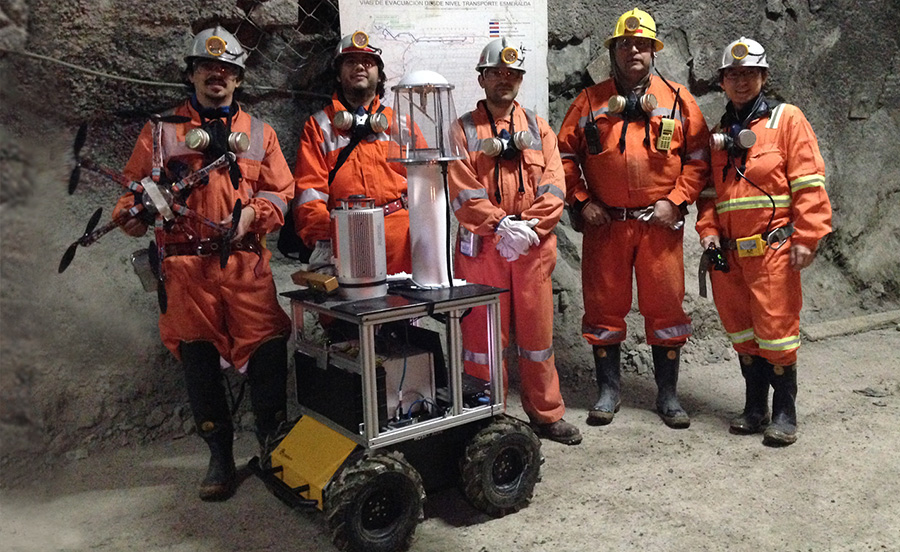Autonomous Mapping in Chile’s Dangerous Mines
University of Chile


Together, the Advanced Mining Technology Center (AMTC) and University of Chile’s Department of Electrical Engineering are working to further develop the field of mining with robotics. They strive to ensure the welfare of mine employees globally.
MOVING PEOPLE AWAY FROM DANGEROUS MINING TASKS
As robots become more advanced and – ultimately – autonomous, humans will be able to move away from dangerous job in the mine such as mapping unknown territory. To progress to this stage, however, reliable interpretation of sensing data is required and critical, yet combining data from different sensors and systems in the mines often leads to issues with data interpretation. Dr. Martin Adams and team are working to develop existing early-stage technologies so that “mine mapping information can be extracted from noisy sensor data,” explains Dr. Adams. Requiring a robotic platform that could handle the conditions of mines and a dynamic sensor payload, the team selected Clearpath’s Husky Unmanned Ground Vehicle (UGV) for the project.
RADAR, LASER AND VISION WITHOUT THE NOISE
The project was designed to collect motion and noise characteristics from radar, laser and vision-based sensors. Data fusion from different vehicle positions would then be carried out for consistent surface profile and mine map estimation. “The Husky mobile platform was a very strong fit for our project in terms of payload capacity and ability to handle harsh terrain,” said Dr. Adams. Additionally, all of the data collection and software processing algorithms used throughout the project were based on the Robot Operating System (ROS), which “made experiments run smoothly.”
RESEARCH AHEAD OF SCHEDULE
Since initiating the project, Dr. Adams’ team has discovered registration problems associated with combining data from different sensors in challenging mining environments. The 3D Riegl scanning laser range finder and an Acumine 2D scanning millimeter wave radar were transported on Husky and used to record video footage and densely sampled data sets. The data is being submitted to the International Journal of Robotics Research to ensure that information is available to the international robotics community, providing insight for ongoing research in the field.
Lastly, a leading mining company in Chile has expressed interest to Dr. Adams in acquiring similar robotic systems to enable staff to control vehicles and acquire 3D maps within their mines. Discussions with this company are underway. “Our Husky-based sensing system will contribute significantly to the success and efficiency in which future mining operations take place,” says Dr. Adams.
| “Our Husky-based sensing system will contribute significantly to the success and efficiency in which future mining operations take place.” |
Get In Touch With Sales
We build the world’s best unmanned vehicles for industry and research.
Learn how we can integrate the perfect solution to fit your needs.
